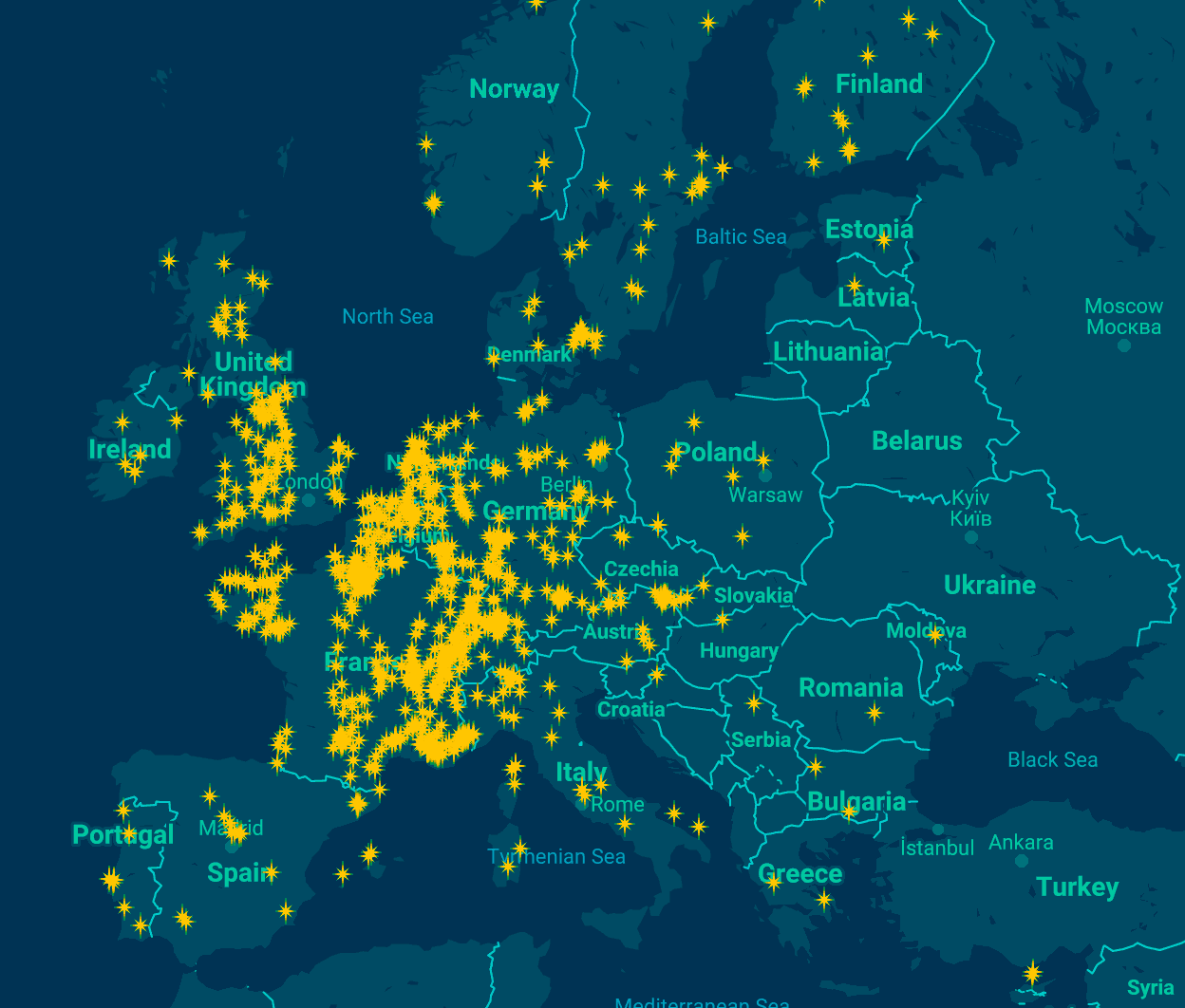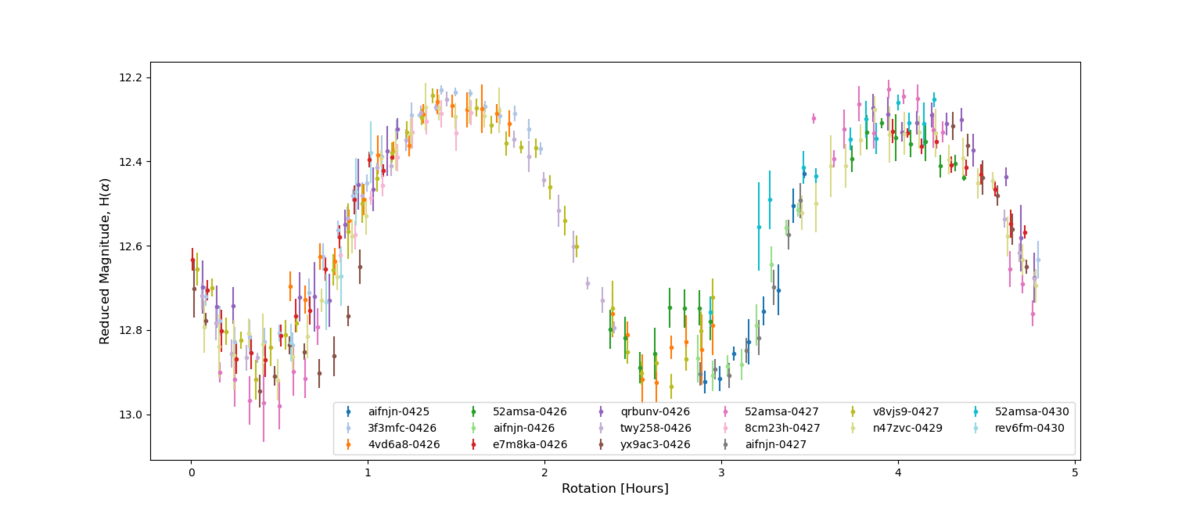Exploring Asteroids: Unraveling Physical Properties Through Citizen Science Astronomy
- 1Charles University in Prague, Institute of Astronomy, Faculty of Mathematics and Physics, Prague, Czechia (josef.hanus@matfyz.cz)
- 2SETI Institute, Carl Sagan Center, 189 Bernado Avenue, Suite 200, Mountain View CA 94043, USA3
- 3Unistellar
Abstract:
This study investigates the physical properties of asteroids using optical data obtained by the Unistellar network of citizen astronomers. Leveraging the extensive observations provided by hundreds of users, we aim to characterize the size, shape, and rotation properties of a diverse sample of asteroids. Our analysis encompasses data collected over multiple observing campaigns conducted between 2021 and 2024, focusing on both near-Earth and main belt asteroids. By combining photometric light curves and stellar occultations, we derive comprehensive physical models for these celestial bodies. Our findings contribute to a deeper understanding of the asteroid population and provide valuable insights into their formation and evolution.
Introduction:
Asteroids represent remnants of the early solar system and offer valuable insights into its formation and evolution. Studying their physical properties, such as size, shape, and rotation, is crucial for understanding their composition and origins. The Unistellar network of citizen astronomers comprised of over 10,000 telescopes provides a unique opportunity to collect large-scale optical data for a wide range of asteroids, enabling comprehensive studies of their physical characteristics.
Data and Methods:
We utilized optical data collected by the Unistellar network between 2021 and 2024, focusing on observations of both near-Earth and main belt asteroids. Photometric light curves and stellar occultations were used to derive the sizes, shapes, and rotation properties of the asteroids. We analyzed data from multiple observing campaigns that targeted specific asteroids of scientific interest. We utilized the convex inversion method developed by Mikko Kaasalainen.
Results:
Our analysis resulted in rotation state properties and detailed 3D models for tens of asteroids. We obtained accurate measurements of size, shape, and rotation period for numerous celestial bodies, shedding light on their individual characteristics and variability within the asteroid population. Additionally, we identified intriguing phenomena, such as concavities and asymmetric light curves, providing insights into the dynamical processes shaping these objects.
Conclusions:
The optical data obtained by the Unistellar network of citizen astronomers offers valuable insights into the physical properties of asteroids. By leveraging these observations, we have advanced our understanding of the asteroid population, contributing to ongoing efforts to explore the solar system's early history. Our study highlights the importance of citizen science initiatives in expanding our knowledge of celestial objects and their origins.

Figure 1. The Unistellar European network comprises citizen astronomers. As of May 2023, approximately 10,000 eVscopes are distributed globally, with over 3,000 of them located in Europe
Figure 2. The plot showcases light curve observations of asteroid (216) Kleopatra revealing variations in brightness over its rotation.

Figure 3. The plot showcases light curve observations of near-Earth asteroid (1627) Ivar revealing variations in brightness over its rotation.
How to cite: Hanus, J., Marchis, F., Lambert, R., Esposito, T., and Durech, J.: Exploring Asteroids: Unraveling Physical Properties Through Citizen Science Astronomy, Europlanet Science Congress 2024, Berlin, Germany, 8–13 Sep 2024, EPSC2024-591, https://doi.org/10.5194/epsc2024-591, 2024.